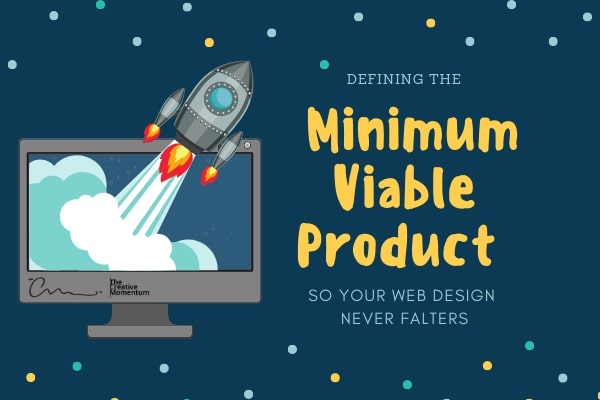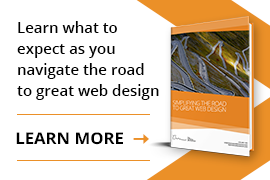
Nobody wants to wind up in development hell. Without a clear roadmap for development or a concrete idea of the core features of your end-product, the development process has a tendency to meander and stall with countless iterations that aren’t necessarily making progress. This is where the concept of a minimum viable product (MVP) comes into play.
What is Minimum Viable Product?
Picture for a moment all of the tasks that you can perform on a current generation smart phone versus the original iPhone at launch. Now try to place yourself in the shoes of the engineers and visionaries responsible for that initial launch.
The revolutionary interface of the iPhone opened up countless new avenues in UX that would be explored over the years. Standing as a member of the team responsible for this launch would have been daunting – to be on the frontline of an innovation in human-computer interfaces that was to open up a new world of possibilities. In fact, the sheer scope of those possibilities could be, in a sense, crippling. Had Jobs and his team gotten lost in the potential of their product, rather than delivering on its basic merits, we would have seen a subpar product, if one at all.
The minimum viable product in this instance describes the basic functionalities of the original iPhone: internet access, accurate touch screen without stylus, camera, minimalist buttons (home, volume, power, etc.), headphone jack, USB, speaker, etc.
By defining the MVP, your team now has a direction to steer the ship with clear goals in mind. It allows you to define success criteria, glean feedback from users and investors, and ultimately launch a product with continued feedback to improve design.
Getting Started
The first step to developing an MVP is to determine if there is a need for your product in the market. In the event that there is, you must identify and understand that need. What gap does it address? What are your competitors doing to address the same issue? How can you offer a solution that distinguishes itself in the market?
These basic questions identify some of the core functionality of your product. It must address the need you identify in a way that stands out. Preceding development, at this point you would want to define your long-term goals for product launch and success criteria.
Understanding the User
The MVP approach to design helps to strike a balance between speed of delivery and quality of execution. However, it doesn’t demand that your end-product be identical to a barebones MVP. Rather, the idea is to provide a template of a minimum successful product launch from which you can further refine an end-product. In order to move along in this kind of development pipeline, you need to have insight into your end-user. Some of the questions that need to be answered in this phase include:
- Who are the end users?
A ride-share app is designed for both the rider and the driver. AirBnB will be used by renters and rentees. Define the categories of users that your product will be delivered to. - What are the user actions?
Each category of user may have a different set of actions that they will take on your platform to reach their goal. Your responsibility is to ensure that you deliver a pathway to the highest number of actions with high priority. - What are the user goals?
In other words, what defines a successful action on behalf of the user through your product? How do you know when you’ve addressed their need?
Building Upon a Scaffolding
With a better understanding of user actions, you can draft up a pain and gain map to determine value for added features. What sort of solutions can you offer to any given action? How much value does it add to your product? Your MVP will include the baseline of actions that you decide to address, but creating a map of all potential value propositions gives you an opportunity to come back later on during the development process with whatever time and resources you have left to further refine your product.
Feedback, Feedback, and More Feedback
The MVP approach embodies the practices of lean UX and agile delivery. All of these concepts rely heavily on testing and feedback. The advantage of the MVP approach is that you can deliver quickly by cutting straight to the core of your functionalities. However, it also requires that you continue to test and refine it. You don’t necessarily know that you’ve addressed user pain points without taking the time to see how they interface with your product. This becomes infinitely more important with the minimalist approach to design that you undertake with a minimum viable product. If you fail to offer an effective solution with your MVP, then it is essentially non-viable. In other words, testing is inherent to the concept of an MVP.
And it’s well worth it. A streamlined MVP pipeline for development ensures clarity throughout the development process and allows for continued refinement of your product. You always know which direction you’re moving in, even if the destination is limitless.


